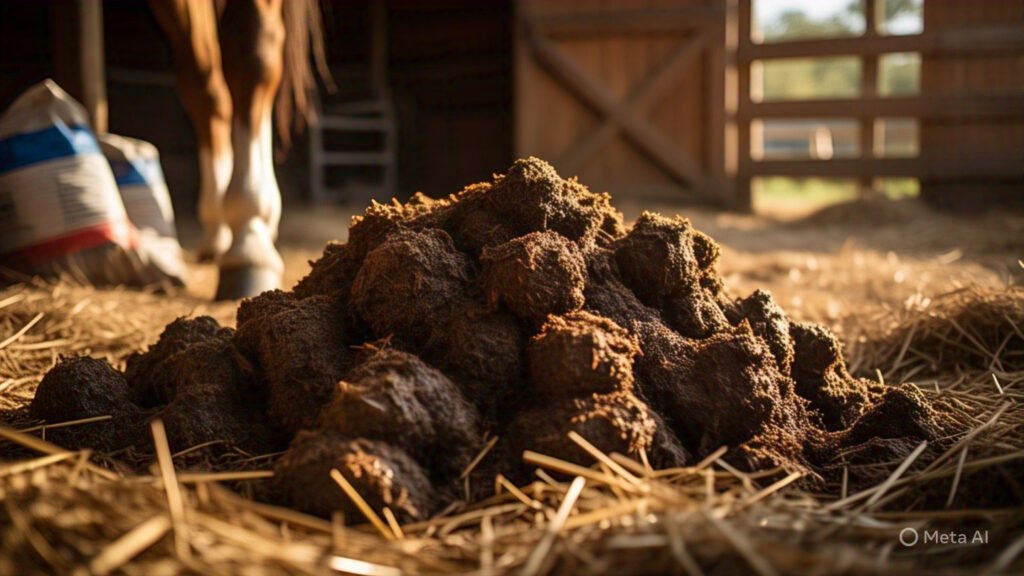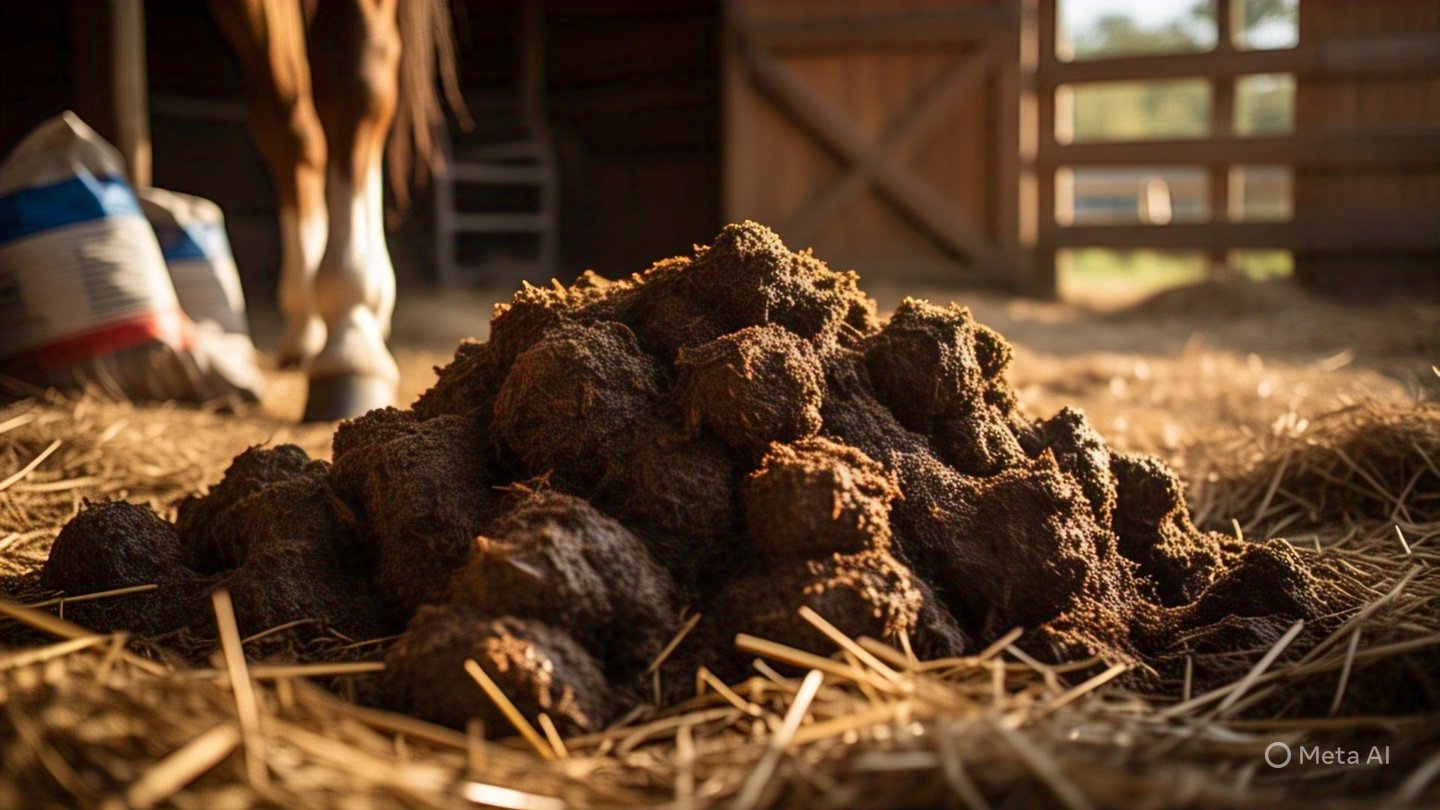Is Horse Manure Good for Gardens?
Is Horse Manure Good for Gardens?-This article answers that burning question with science‑backed facts, hands‑on tips, and actionable insights for gardeners across the United States.
Ever stood near a barn, caught the unmistakable earthy scent of horse manure, and wondered if that “black gold” could be the secret to lush tomatoes or thriving roses in your backyard? This article answers that burning question with science‑backed facts, hands‑on tips, and actionable insights for gardeners across the United States.
What Makes Horse Manure Unique as a Garden Amendment?
Digestive Biology of Horses
Horses are hind‑gut fermenters, meaning their single‑stomach system only partially digests fibrous plant matter. The result? Manure rich in undigested hay and grass—an organic matter bonanza for soil microbes.
Texture & Moisture Content
Compared with cow manure, horse droppings are lighter, drier, and easier to handle, making them ideal for blending into raised beds without compacting the soil.
“Horse manure provides the bulk organic matter gardeners crave without the heavy, soggy feel of cattle dung.” — Dr. Mary Smith, Cornell Soil Scientist
Quick Breakdown Time
Finer fibers allow microbes to decompose horse manure faster than denser manures such as cow or pig, accelerating nutrient release when composted correctly.

Nutritional Profile of Horse Manure
Macro‑ and Micronutrients
Aged horse manure offers a balanced NPK ratio (roughly 0.7‑0.3‑0.6) plus trace elements like calcium, magnesium, and boron—key to fruit set and root growth.
Why “Low” Nitrogen Isn’t a Bad Thing
The moderate nitrogen level reduces the risk of “nitrogen burn” that fresh chicken manure can cause, giving novice gardeners a gentler learning curve.
Soil Biology Boost
The fibrous structure supports beneficial fungi and bacteria, enhancing soil tilth and aggregation.
Benefits of Horse Manure for Different Garden Types
Vegetable Gardens
- Improved drainage in clay soils.
- Steady nutrient release over the growing season.
Flower Beds
- Promotes vibrant blooms through slow‑release potassium.
Lawn Top‑Dressing
- Spreads thinly to green up turf without excessive thatch.
Pro Tip: Blend horse manure with leaf mold to boost fungal diversity—a trick favored by organic rose growers.
Potential Risks and How to Mitigate Them
Weed Seeds
Horses’ rapid gut transit means some seeds survive. Solution: hot compost (131 °F / 55 °C) for at least three days, turning multiple times.
Pathogens
While less likely than with pigs or humans, pathogens like E. coli may still be present. A composting period of 4‑6 months nearly eliminates risk per USDA guidelines.
Chemical Contaminants
Persistent herbicides (e.g., aminopyralid) can pass through the horse unchanged.
- Test first: Grow beans in a manure‑soil mix for two weeks—stunted leaves = contaminated batch.
- Source smart: Ask horse owners about their hay suppliers’ spray practices.
Fresh vs. Aged vs. Composted Horse Manure
| Manure State | Appearance | Typical NPK | Application Timing | Pros | Cons |
|---|---|---|---|---|---|
| Fresh | Visible straw, strong odor | ~1‑0.6‑1 | Only in fall, dug in deeply | High microbial activity | Weed seeds, odor, potential pathogens |
| Aged (3‑6 mo) | Dark brown, crumbly | ~0.8‑0.3‑0.6 | Early spring bed prep | Reduced odor, fewer weeds | Must store properly |
| Fully Composted (6‑12 mo) | Uniform, earthy smell | ~0.7‑0.3‑0.5 | Anytime, even side‑dress | Safest, easiest to spread | Requires time & turning |
How to Properly Compost Horse Manure at Home
Step 1: Build the Pile
- Size: 3 × 3 × 3 ft minimum for heat retention.
- Layer manure with carbon‑rich browns (fallen leaves, shredded cardboard) at a 1:2 nitrogen‑to‑carbon ratio.
Step 2: Monitor Temperature
Use a long‑stem thermometer. Aim for 131 °F – 155 °F for at least 3 consecutive days.
Step 3: Turn Frequently
Turn the pile every 5‑7 days to oxygenate and redistribute hot spots.
Step 4: Cure and Screen
Let the pile cool for 4 weeks, then screen to remove stones before storing under cover.
For a deeper dive into composting, check our EcoAI Gardener’s composting guide.
Step‑by‑Step Guide: Applying Horse Manure to Your Garden Beds
When to Apply
- Fall: Incorporate fresh manure 6 inches deep; winter microbes will do the rest.
- Spring: Top‑dress with aged or finished compost two weeks before planting.
Application Rates
1 wheelbarrow (≈ 50 lb) covers 50 sq ft to a ½‑inch depth.
Tips for Container Gardens
Mix no more than 20 % composted manure by volume to avoid salt buildup.
Horse Manure vs. Other Animal Manures
| Feature | Horse | Cow | Chicken | Rabbit |
|---|---|---|---|---|
| Average N (%) | 0.7 | 0.6 | 1.6 | 2.2 |
| Weed Seed Risk | Medium | Low | Low | Low |
| Texture | Fibrous | Dense | Crumbly | Pelleted |
| Odor | Mild | Moderate | Strong | Mild |
| Compost Time | 6‑12 mo | 6‑12 mo | 12 mo | 3‑6 mo |
Data sourced from Cornell Waste Management Institute.
Key takeaway: While rabbit manure boasts the highest nitrogen, horse manure scores on availability and ease of handling.
Sustainable Sourcing: Where to Get Safe Horse Manure in the U.S.
Local Stables & Riding Clubs
Many stables will gladly give manure away—some even load it for you.
Online Platforms
- Craigslist “Farm & Garden” section.
- Facebook Marketplace farm groups.
Community Compost Programs
Several U.S. cities, from Portland, OR to Raleigh, NC, run manure recycling programs—check municipal websites.
Key Takeaways
- Horse manure is a nutrient‑rich, organic soil amendment when composted correctly.
- Hot composting destroys weed seeds and reduces pathogens.
- Moderate NPK levels make it gentler than high‑nitrogen manures.
- Always test for herbicide residues if sourcing from unknown stables.
- Blend with carbon materials and turn regularly for a balanced compost.
FAQs — Is Horse Manure Good for Gardens?
How long should I compost horse manure before use?
At least 4‑6 months, or until the pile is dark, crumbly, and earthy‑smelling.
Can I use horse manure on edible crops?
Yes—once it’s fully composted or aged for at least six months, it’s safe for vegetables and herbs.
Does horse manure attract pests?
Composted manure rarely attracts pests. Fresh manure may draw flies, so cover piles with straw or a tarp.
Will horse manure change soil pH?
Typically, composted horse manure is slightly alkaline (pH 7.2‑7.5) but in most garden soils has minimal impact on overall pH.
Is horse manure good for clay soil?
Absolutely. Its fibrous texture improves drainage and aeration, breaking up heavy clay.
(Find more answers in our Soil Health Tips library.)
Conclusion: Saddle Up for Healthier Soil!
Using horse manure the right way can transform lackluster soil into a thriving ecosystem teeming with microbial life and nutrients. By composting thoroughly, sourcing responsibly, and applying at the optimal time, you’ll harness this readily available resource for bountiful harvests and vibrant blooms.
So the next time you pass a stable, remember: that pile of stall clean‑outs could be your garden’s best friend. Give horse manure a try, and watch your garden gallop ahead!
Ready for greener pastures? Subscribe to EcoAI Gardener for weekly tips and exclusive guides—your inbox will thank you!
Discover more from Ecorganicas
Subscribe to get the latest posts sent to your email.






